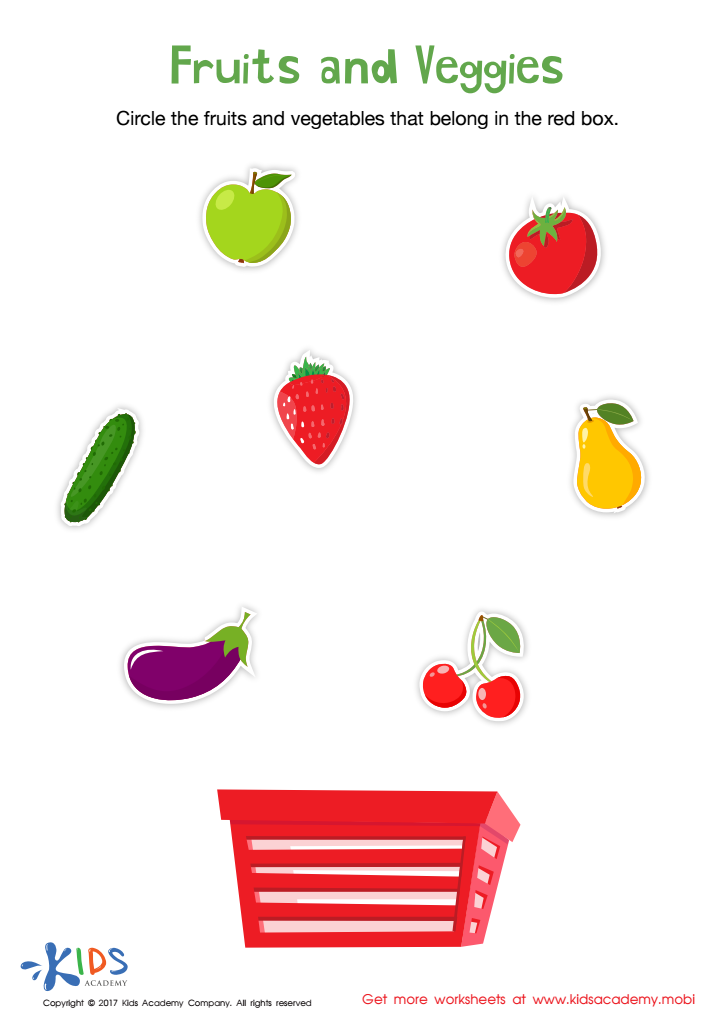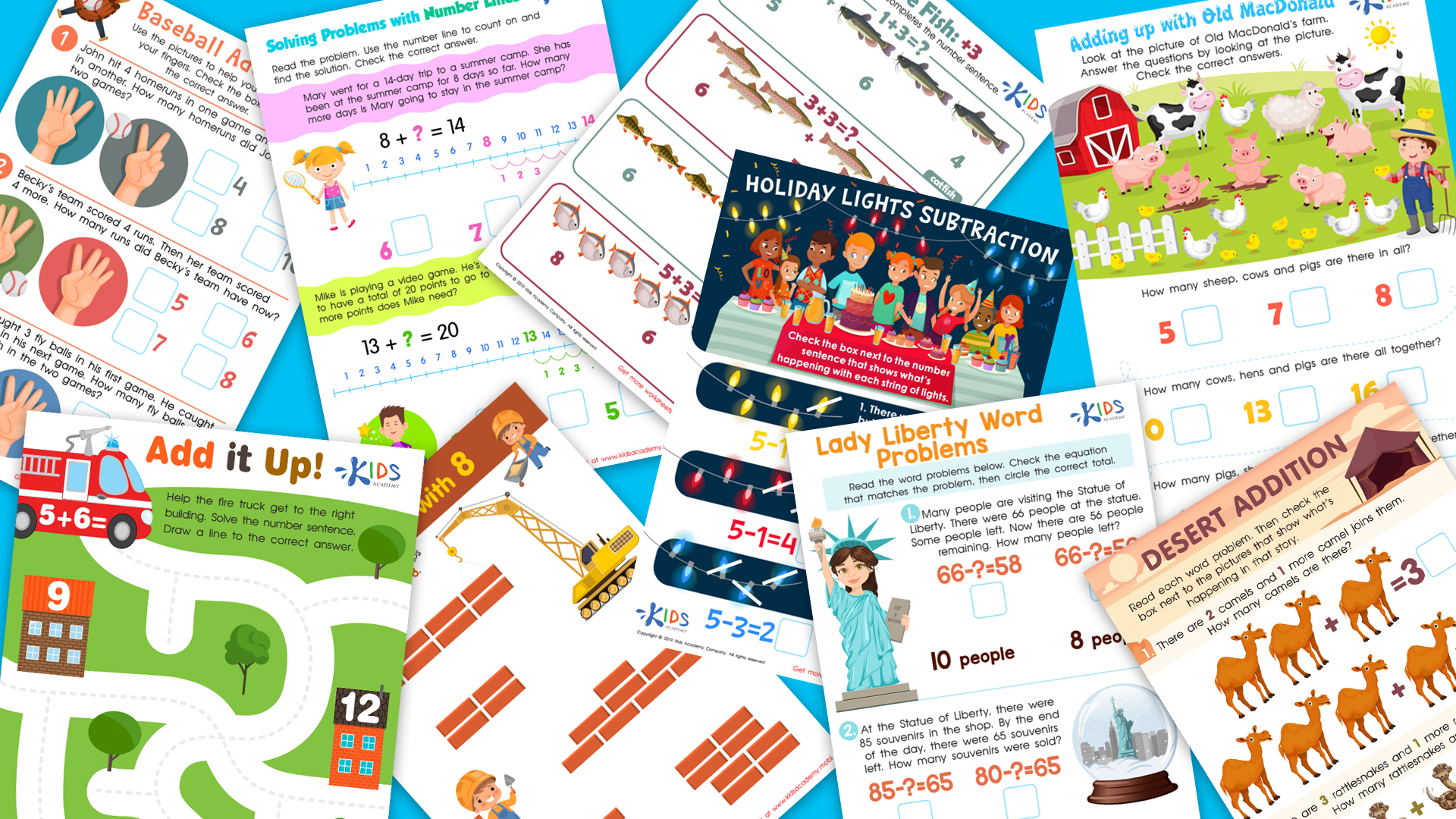Visual discrimination Normal Kindergarten Math Worksheets
6 filtered results
-
From - To
Boost your kindergartner’s visual discrimination skills with our engaging math worksheets! At Kids Academy, we offer a variety of worksheets designed to help young learners differentiate between shapes, sizes, and patterns, essential for early math development. These printable activities make learning fun and interactive, providing colorful exercises that sharpen their ability to recognize and compare visual information. With our expertly crafted worksheets, kids will enjoy boosting their problem-solving skills and attention to detail, laying a strong foundation for future math success. Perfect for classroom use or at-home practice, set your child on the path to academic excellence today!
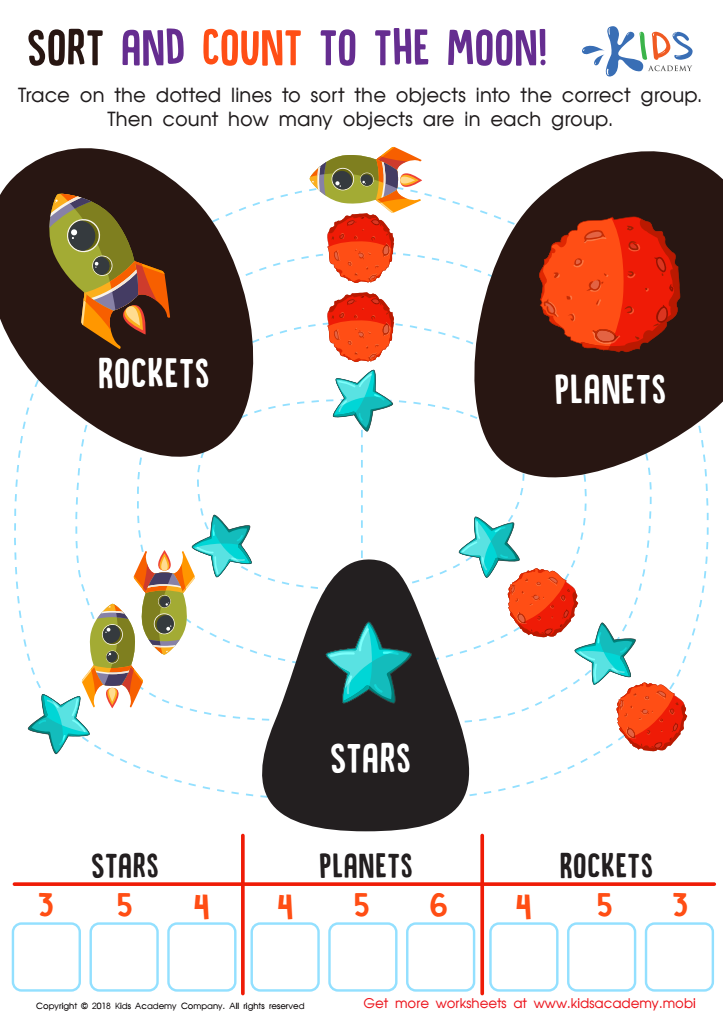

Sort and Count to the Moon Worksheet
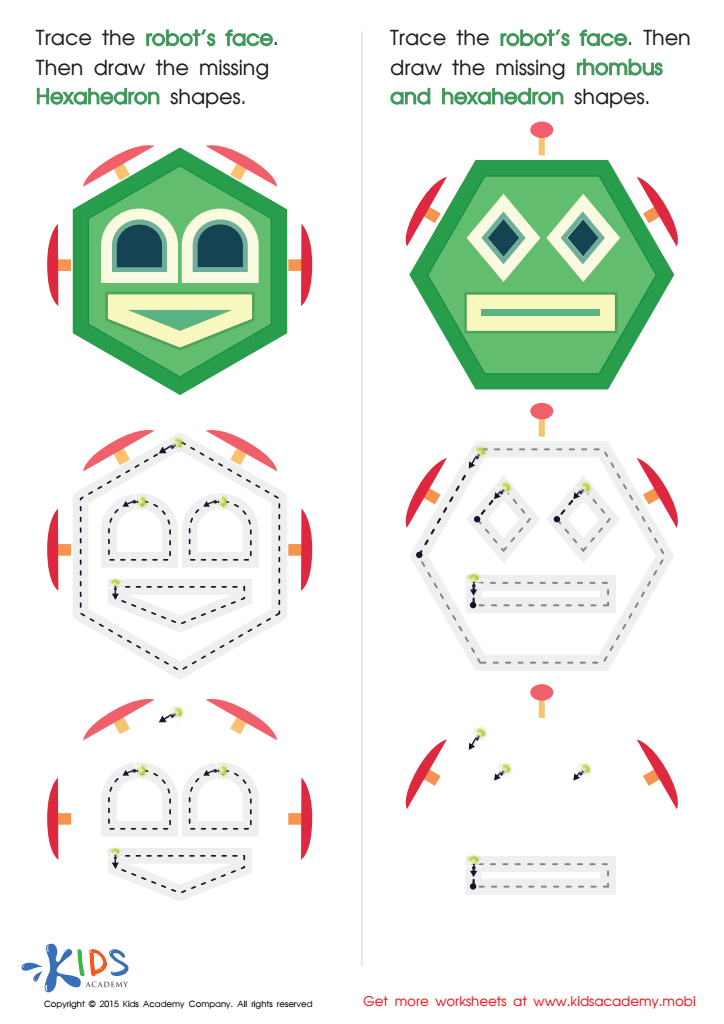

Practice Drawing Hexahedrons And a Rhombus Worksheet
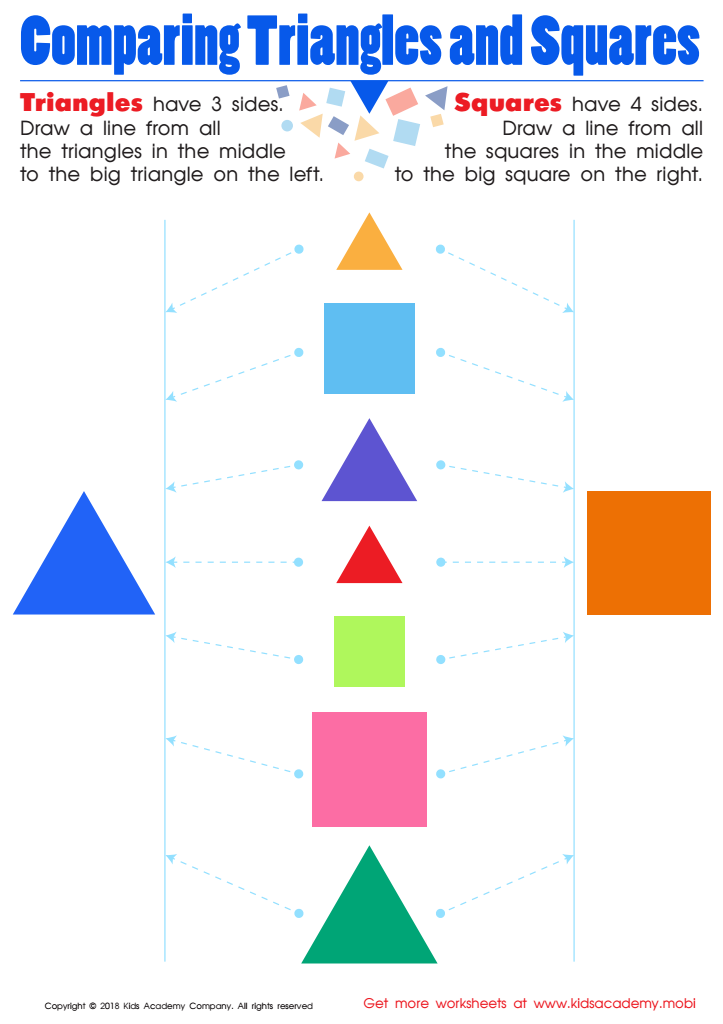

Comparing Triangles Squares Worksheet


Find 0 Worksheet


Silhouettes – Shapes Worksheet
Visual discrimination is the ability to perceive differences and similarities in shapes, patterns, and objects, and it plays a vital role in early childhood development and learning, particularly in kindergarten math. For parents and teachers, fostering visual discrimination skills is crucial because these abilities lay the foundation for more complex cognitive tasks.
First and foremost, visual discrimination is essential for number recognition. When children can differentiate between different numerals, they are able to understand and practice counting, addition, and subtraction with greater ease. Similarly, recognizing the distinct properties of geometric shapes helps children grasp early geometry concepts, laying a strong foundation for later math learning.
Moreover, visual discrimination supports reading and writing skills, which are intrinsically connected to math problems through word problems and instructions. Being able to tell apart letters and numbers prevents mix-ups, ensuring accurate mathematical operations and comprehension.
Additionally, strong visual discrimination fosters better spatial awareness and pattern recognition. These skills aid in understanding sequences, organizing objects by size or shape, and recognizing logical patterns—all of which are crucial for problem-solving and critical thinking.
Ultimately, by nurturing visual discrimination skills through math activities, games, and structured play, parents and teachers equip children with the tools they need for academic success, not just in math, but across all facets of their education.
 Assign to My Students
Assign to My Students

